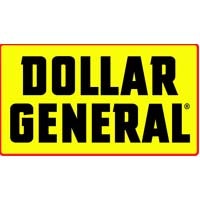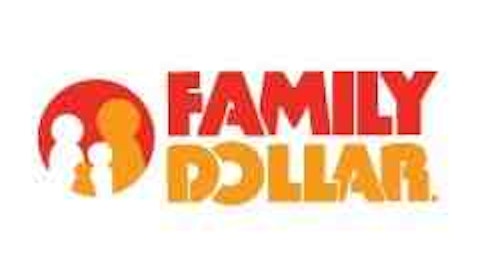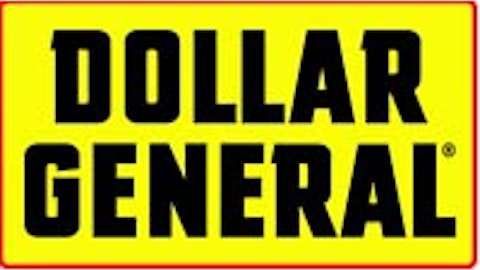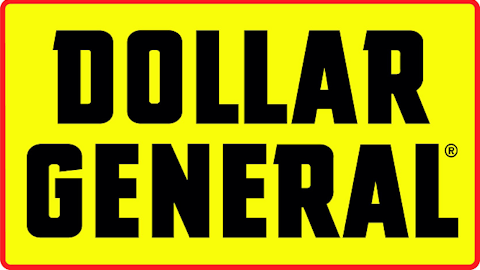Note: This article has been amended to correct Dollar Tree, Inc. (NASDAQ:DLTR)’s operating margin. Motley Fool apologizes for the error.
If the world returns to a recession (not something I view as likely, but you never know), there are a series of companies which will do comparatively well – dollar stores. They have an obvious value proposition, and solid margins – Dollar General Corp. (NYSE:DG) reported an operating margin of 10.2% for the trailing-12 months, as compared to Dollar Tree, Inc. (NASDAQ:DLTR) at 12.4%, and Family Dollar Stores, Inc. (NYSE:FDO) at 6.7%.
These margins might indicate a recommendation for Dollar Tree, Inc. (NASDAQ:DLTR), but my money’s on Family Dollar Stores, Inc. (NYSE:FDO)due to management’s superior work at innovation. Before I get into comparisons of the three, I’d like to start with a few comments on outside threats.
There is one sector in particular which I believe to be counter-cyclical by nature: dollar stores. When real incomes fall and unemployment goes up, more people buy cheap groceries. This is why Dollar General Corp. (NYSE:DG), Dollar Tree, Inc. (NASDAQ:DLTR) and Family Dollar Stores, Inc. (NYSE:FDO) have done so well over the past four years.

Wal-Mart Stores, Inc. (NYSE:WMT)’ smaller-footprint Neighborhood Markets is another potential threat – neighborhood markets are designed explicitly to compete with dollar stores and are backed by Wal-Mart’s enormous financial resources. Wal-Mart only had 230 Neighborhood Markets nationwide as of March, so there is plenty of room for additional growth.
A recent study shows that Wal-Mart Stores, Inc. (NYSE:WMT) already offers cheaper groceries, household supplies, and pharmaceuticals than Dollar General Corp. (NYSE:DG). Time notes that the dollar stores are getting away with higher margins than Wal-Mart – indicating either that they are getting their goods cheaper (unlikely, given Wal-Mart’s size) or they are finding ways to charge more (perhaps by selling smaller-sized items). As value-minded shoppers become more aware of these facts, they may return to the dollar stores’ big-box competitor.
Competitor financials
Dollar General Corp. (NYSE:DG) reported excellent first-quarter 2013 results, with same-store sales growth of 2.6% and total sales growth of 8.5%. Management expects continued same-store sales growth of 5% and overall sales growth of 10% to 11% for 2013. The company continues to expand aggressively, with 165 new stores opened this past quarter.
Dollar General Corp. (NYSE:DG) has a few additional things in the pipeline; management has tinkered with several different store formats, and the chain is pushing hard to include tobacco products in all of its stores (a potentially significant revenue driver).
If those numbers seem good, take a look at Dollar Tree, Inc. (NASDAQ:DLTR)’s. While Dollar General Corp. (NYSE:DG) posted a respectable 10.2% operating margin for the trailing-12 months, Dollar Tree reported an even better 12.6%. Dollar Tree also had 18% EPS growth for the first quarter ($0.59 as compared to $0.50 in 2012), same-store sales growth of 2.1%, and total sales growth of 8.3%. Dollar Tree opened 94 new stores during the first quarter, and management anticipates about 340 new stores for the full year.
A solid third quarter
Family Dollar Stores, Inc. (NYSE:FDO) posted 2.9% growth in same-store comps for third-quarter fiscal 2013 (February – May) and 9% growth in sales overall. The company opened 129 new stores (and closed three). The EPS declined slightly (to $1.05 from $1.06 in 2012), but management anticipates full-year EPS in the $3.77-to-$3.82 range, which would be solid growth from $3.58 for fiscal year 2012.




